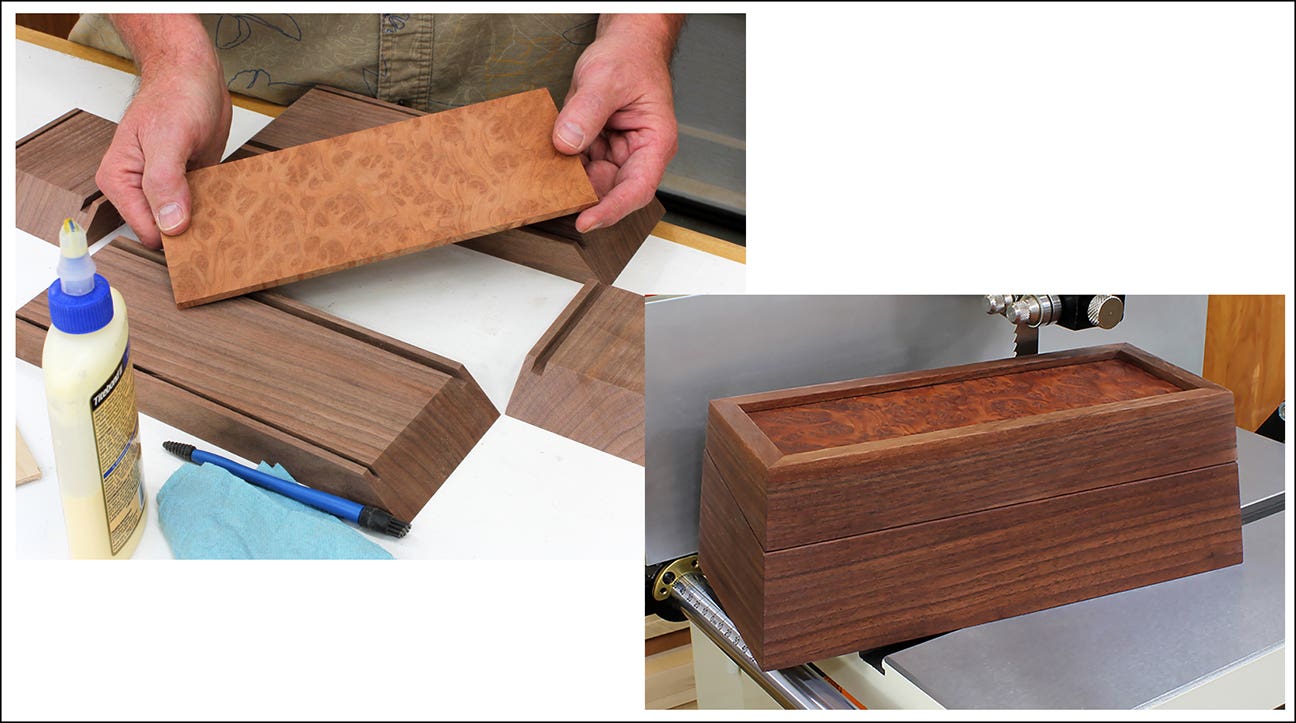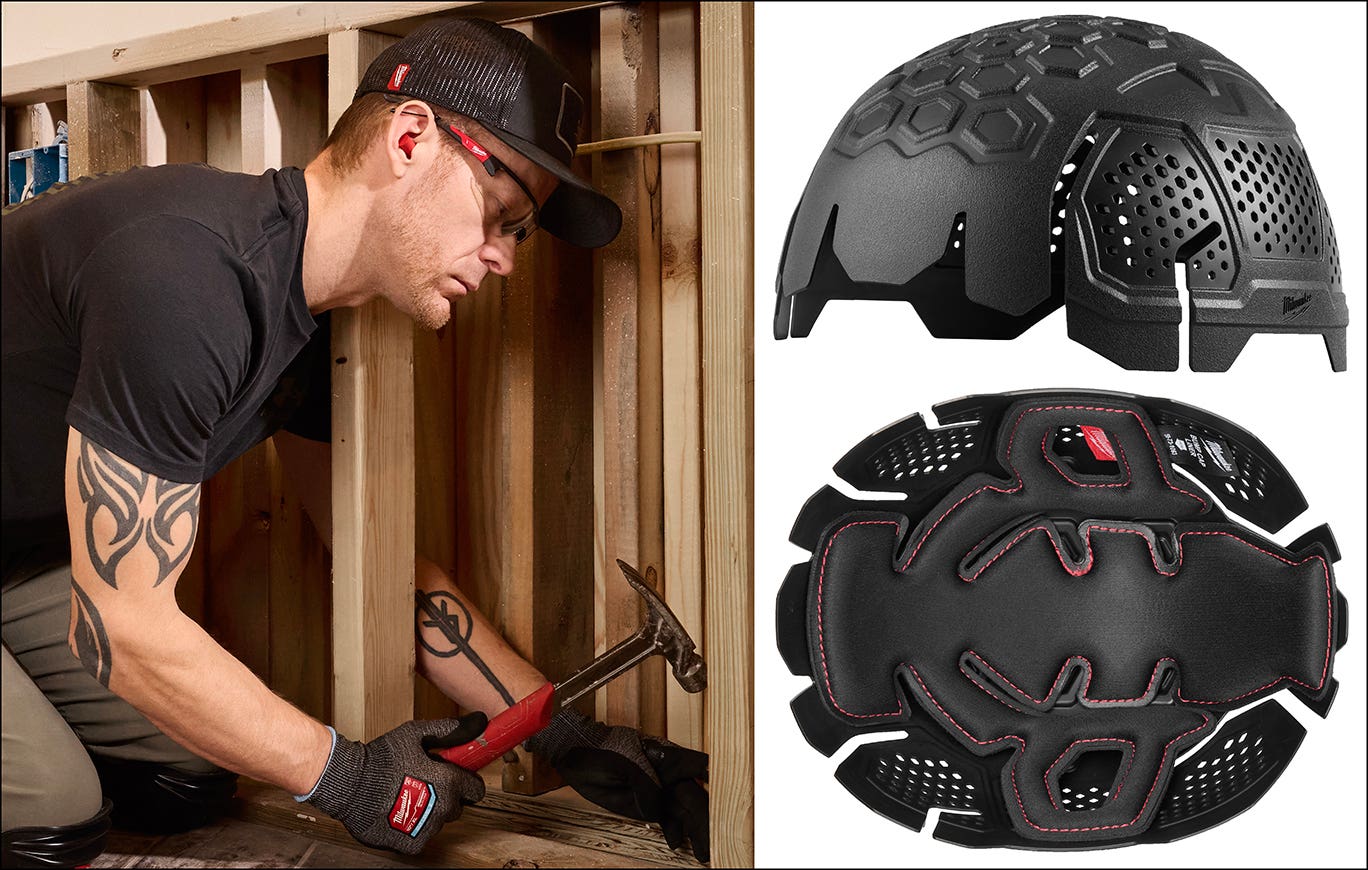3-D modeling programs add a new dimension
When woodworkers hear “CNC,” they usually think of a large 3-axis machine zipping back and forth cutting sheet goods into parts. In their mind, most machining is at 90 degrees…
When woodworkers hear “CNC,” they usually think of a large 3-axis machine zipping back and forth cutting sheet goods into parts. In their mind, most machining is at 90 degrees in the vertical and horizontal planes.
A modern CNC 3-axis router can move in the X, Y and Z direction simultaneously. Therefore, it is not limited to cutting out cabinet parts. Combining modern 3-D CAD and CAM software with appropriate tooling significantly expands its capabilities.
Thinking and designing in 3-D usually starts with thinking in 2-D — the X and Y planes, or what you would see on a set of floor plans. From there, you can start thinking about height, or the Z plane, of the curves and contours of an object, say the rope twist on a column. While most woodworkers have no problem doing a drawing in the X and Y planes, accurately drawing a column with a rope twist is another matter.
That is where 3-D CAD software comes in. Commercial modeling programs include SketchUp (sketchup.com), Rhinoceros (rhino3d.com) and Silo (nevercenter.com/silo). Open-source 3-D modeling programs include Blender (blender.org), Gmax (turbosquid.com/gmax) and TrueSpace (truespace.en.softonic.com).
For those making their first entry into 3-D modeling, SketchUp Make is the easiest and least expensive way to proceed.
The next step is to transfer the 3-D model into G-code, computer language that sets the toolpath and ultimately makes the part. There are a number of capable 3-D CAM programs, including MeshCAM (grzsoftware.com) and CAMBam (cambam.co.uk).
For those with the time and disposition, choosing a separate CAD and CAM program is one way to go. Another approach is to use a program where the drawing and toolpath capabilities are integrated into one program. There are two companies that offer such programs, both based in England: Vectric and ArtCAM.
Vectric offers two levels of programs, while ArtCAM offers three.
Vectric is associated with ShopBot and Laguna CNC. Its two main products are VCarve and Aspire. Both can do many operations that most woodworkers are familiar with: designing and machining in 2-D and 2.5-D; 2.5-D engraving and carving with V-bits; milling profiles and pockets, drilling, nesting to maximize the material yield. It can also perform image tracing and wrapped rotary toolpaths to cut raised letters and images, flutes and textures.
VCarve and Aspire can import files from the most popular 3-D design programs and generate toolpaths to route the 3-D object in a variety of operations, such as single- and multi-sided machining, and model slicing, which is breaking a thick 3-D object into various layers so it can be machined on a CNC router irrespective of the Z-axis capabilities.
But with Aspire, a 3-D object can be designed within the program. This is a significant capability and reflected in the price ($1,995) compared to VCarve Pro ($699). However, upgrading from VCarve to Aspire costs only the difference in the price of the two programs.
ArtCAM has three options: ArtCAM Express, ArtCAM Insignia, and ArtCAM Pro. They all have the same user interface and layout, but the design and machining capabilities increase with each program.
ArtCAM Express is the basic program. It has many features to design and create toolpaths in 2-D as well as import 3-D designs from other programs. It can also generate G-code from photographs and scanned images and perform typical CNC operations.
The capabilities of ArtCAM Express can be expanded though the use of optional modules for designing and machining. This allows a user to purchase the appropriate amount of capability for their design and machining needs. These range from modules to import files that can be combined to create logos and custom fonts or modify a library of about 300 fonts. Machining modules are also available.
ArtCAM Express sells for $149, while each module ranges in price from $149 to $799.
ArtCAM Insignia has a wider range of tools for designing and machining 2-D and 3-D objects. Optional modules include a library of more than 600 clip-art entries. Insignia provides the user with open vectors for creating unique edges and contours, highly detailed relief carvings and machining on surfaces that are not parallel to the CNC router’s table. ArtCAM Insignia sells for $2,500.
ArtCAM Pro can design and machine more complex designs in higher detail than either Express or Insignia. It can be used with 3-axis routers, vertical machining mills for metalworking, and CNCs with rotary axes. ArtCAM Pro is a custom designed CAD/CAM software package that is only available through regional distributors.
Learning to use all these various pieces of software to design and machine 3-D objects is challenging. Combining SketchUp and CAMBam, for example, is best suited for someone with previous software experience. For newbies, V-Carve, Aspire and the ArtCAM offerings might be easier to grasp.
This article originally appeared in the December 2016 issue.







